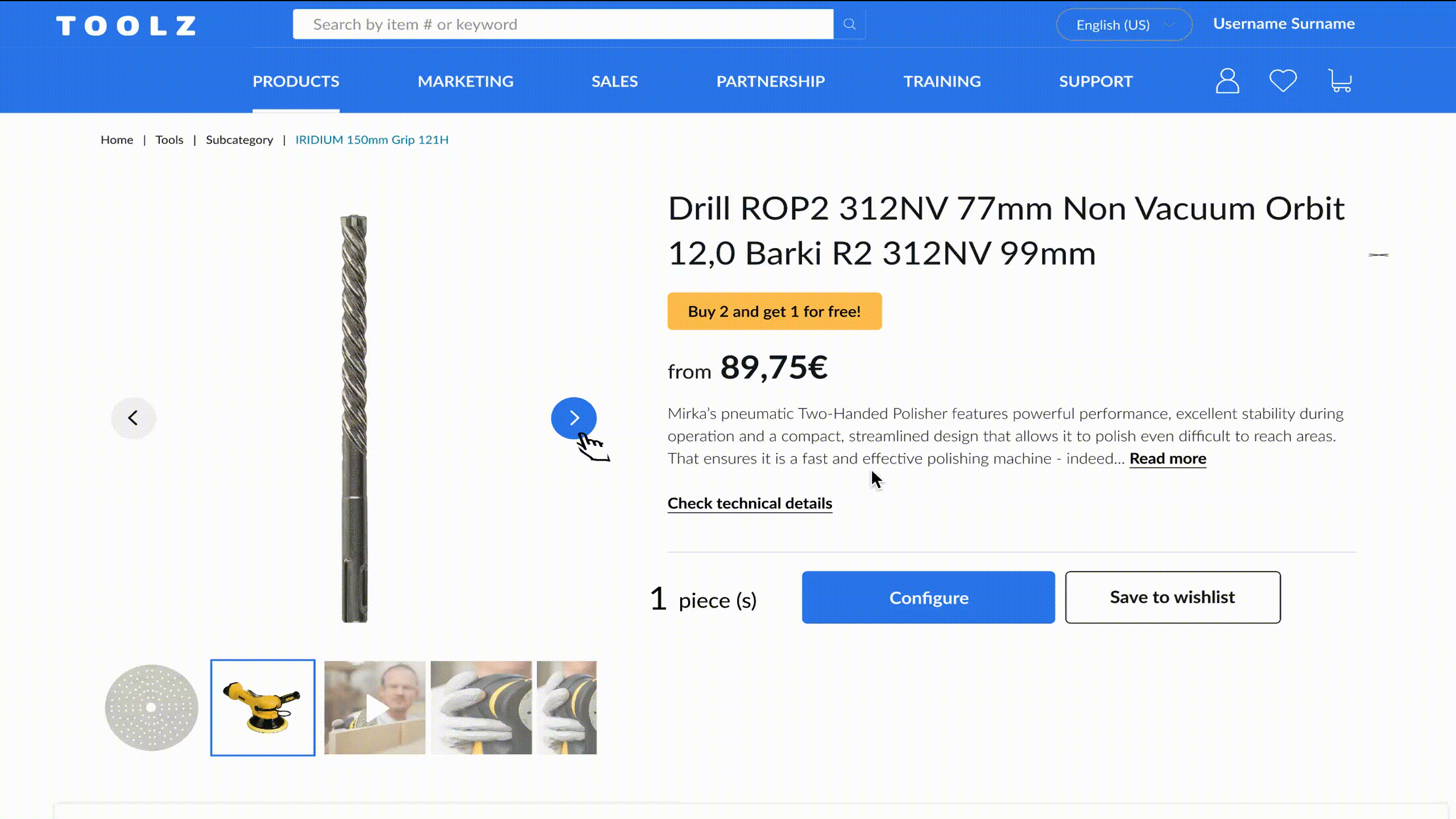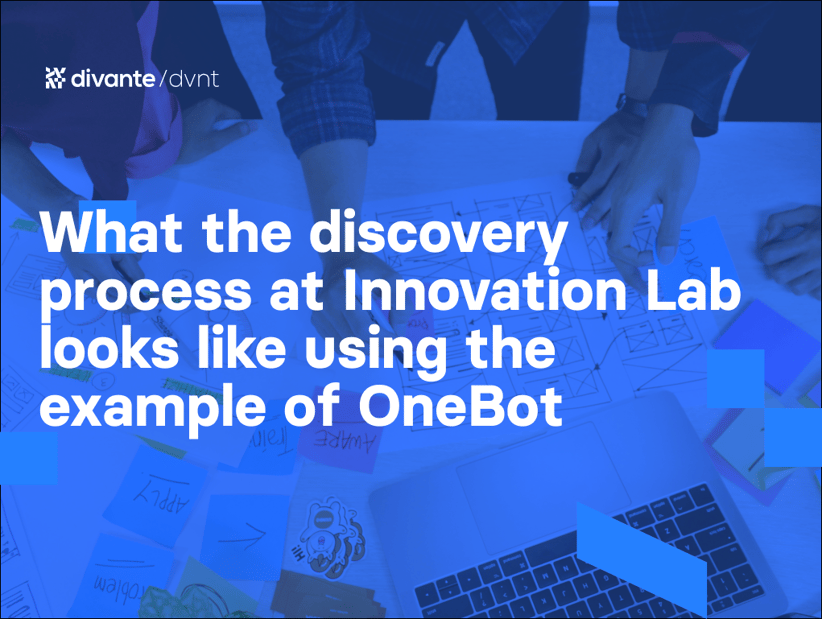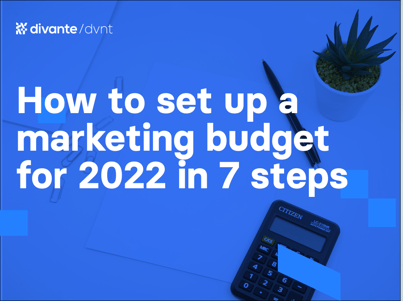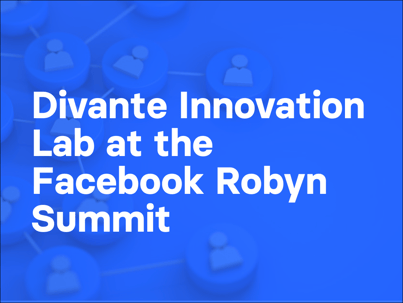Imagine that you’re facing a new challenge. Your company has some specific technology, and it works, but only in a form with raw code and its IP rights. There are various elements, but they’re not organized and, most of all, they’re not in the form of an actual product.. Now, all of these factors need to be converted into something that makes sense for the product's concept with a clarified roadmap, the operating demo, and a suitable pricing strategy.
This was our task at Innovation Lab when we were developing OneBot. Of course, that's a great job to be able to do but also a tough one. I’m going to tell you more about how, together with my team, we went through this process step by step. I’m also going to tell you how the OneBot concept first came up with a lot of focus on product discovery.
Briefly, the process was shaped this way:
- Setting project assumptions
- Product discovery
-
- Exploration
- Market research
- Technological research
- Competition overview
- Interviews
-
- Defining and validating
-
-
- Value proposition
- Lean Canvas
- Wireframes
- Prototype
- Demo
-
3.Communication and final validation
Setting project assumptions
When we decided that the technology we would be working with would be natural language processing (NLP), we knew we would have plenty of areas we would go through during the process. Because of this, we needed to define the project more precisely. That was especially true because, as always, we work in four -week cycles.
First of all, we needed to establish who the solution would be for and who the target group is. That was the beginning of the discovery phase.
We came up with:
- Making the solution for companies in the B2B sector and not for individual customers was pretty obvious. - At Divante, we’re not really interested in providing solutions to individual consumers.
- NLP, as a technology, had to be used somewhere where natural language is used. So, we decided to see what the challenges in eCommerce are when it comes to contacting a B2B company’s clients.
- All the next decisions were made according to exploratory research and validating those with any actors on our horizon.
- At the end of the Lab’s cycle, we wanted to have a working demo.
Exploration
We took one week to explore as much as possible from five perspectives:
- B2B specifics, including challenges, trends, customer service, sales process, and predictions)
- Manufacturer’s perspective
- Competitors
- Technology, including natural language understanding and NLP solutions
- eCommerce trends and solutions due to conversational commerce and guided shopping
We discovered that B2B companies think customer experience is becoming a more and more important topic. Many of them are investing, or planning to invest, in improving customer experience.They’re willing to optimize the process with the latest technologies, rather than hiring more human agents, so that the solutions are easy to scale, monitor, and modify.
B2B customers expect immediate service, and they want it to be self-handled as long as possible. They demand an individual approach. Solutions that are used in B2C are not common in B2B because of slower digitalization in B2B. There are many types of B2B companies, and they have different processes and standards. Because of that, we decided that implementing OneBot would be a process where a huge part is intended to understand how a specific company works and map its internal goals, rules, and processes.
To be familiar with what other chatbots suppliers offer and know what the key messages they communicate with are, we gathered about 40 solutions for further screening. This stage didn't let us make any specific decisions, but we were prepared for more ideas later once we gathered more information.
Finding business representatives who would talk with us about their companies’ sales and customer service processes was not an easy job. It was summer vacation season, so there was limited access to people and difficulty setting interviews. So, we started digging in internally at Divante. We gathered Divante designers and technicians who were experienced in working with B2B clients. We also tried to discover as much as we could in a field of B2B with a strong focus on producers.
Defining
This stage was about continuously making assumptions and validating them. Because of limited time, we wanted two types of validation for the solution’s value:
- Regular validation: Meeting with internal experts from Divante and external experts from different industries but experienced in B2B relationships to and interview them and show them visuals to get feedback.
- Final validation: A promotion campaign through Product Hunt and social media, leading to a product landing page.
To show how, thanks to validation, we were working, let’s focus on the value proposition. First, we defined the value proposition for the three types of users:
- A buyer who is not familiar with the offer yet and is searching for a B2B solution that covers their company’s needs.
- A buyer who is already served by a B2B company and needs customer service.
- A director of customer service who wants to have as few tickets as possible in the customer relationship management (CRM) system and wants to get them resolved as quickly as possible.
To validate those users, we created visuals in order to get feedback from business representatives. Going through the mockups to the solution with them and asking questions made us to iterate a bit. After that, our perception of the main end users and their jobs was the following:
- A buyer whose job is to address a specific problem. They, or their colleagues, want to solve this problem with products that the company offers.
For example, a person who buys products to let a company create another product from it, such as a washing machine, or to make colleagues get their service done when they are an electrician. - A buyer who represents a distributor who sells products further and who cares about buying products as quickly as possible for the best price.
Think about a person who runs a store with garden care products. They already know what assortment is needed and want to purchase it quickly. These types of people are rarely interested in checking out new products because they don't have time for it. Updates of offers, such as new products, must be communicated to them in a smart way.
Meanwhile, we understood that, because of the diversity of internal processes and product characteristics and complexity, all B2B organizations are unique. Delivering OneBot to enterprises based on the click and connect model would make no sense and be impossible to do. We already knew that OneBot would always be implemented as a process with a big focus on identifying a specific company’s problems and a deep understanding of what their internal processes look like. So, we gathered all the features that we found helpful and validated them with business representatives who told us which were valuable or not. Based on what they said, we knew which functionalities were perceived as the most important, so we knew what to emphasize in the further development, communication, and demo development.
We created Lean Canvas to summarize what we came up with and to move from a value perspective to a business perspective. Further work was based on gathering feedback and frequent meetings with the whole product team. Our discussions and brainstorming sessions let us benefit from the synergy of the team members' diverse competencies and points of view.
Now, we’re starting our communication activities that I previously mentioned as a “final validation,” which is not really final. We’re ready to implement, but because of the continuous discovery process, we also plan to stay especially vigilant on insights coming from the market and our clients to improve OneBot. And that will never end.

Published September 2, 2021











